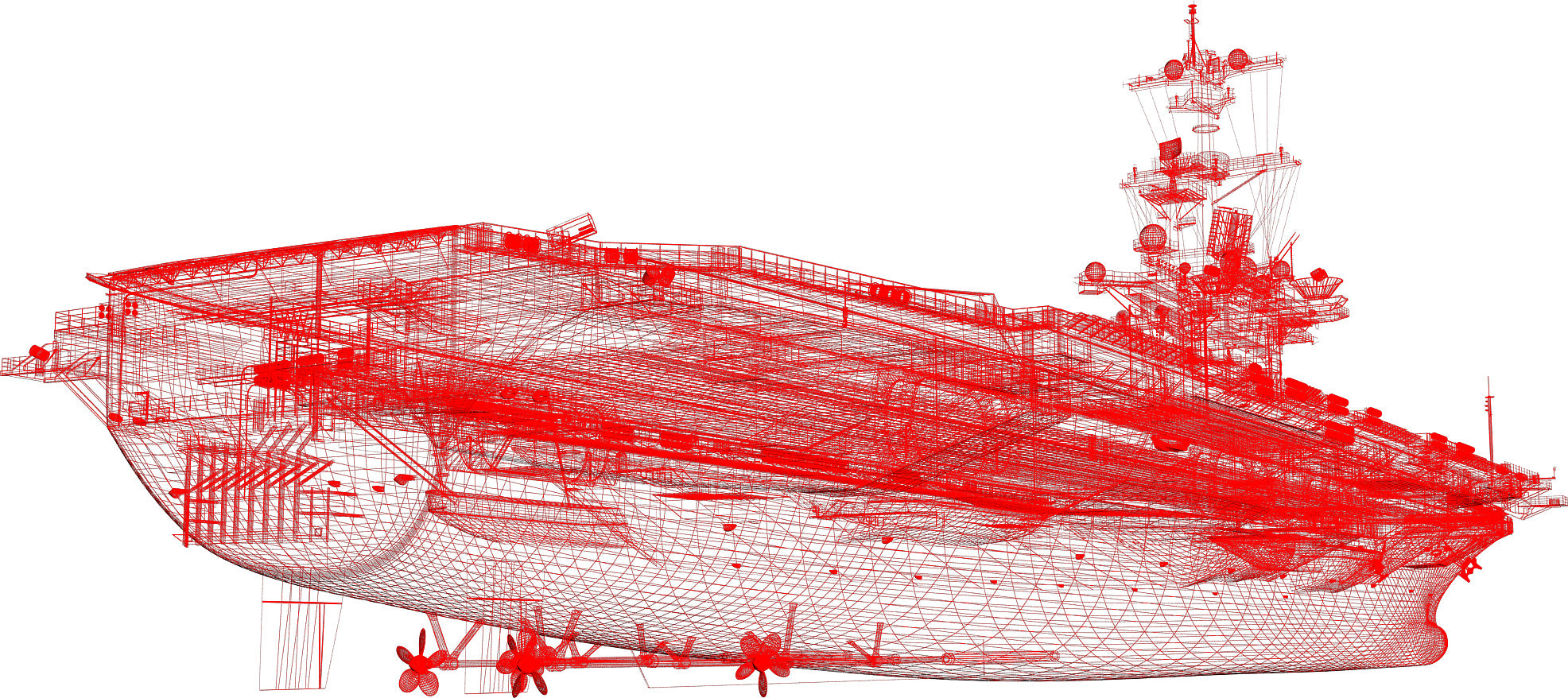
3D Graphics is a topic discussed and valued as a technology in today's world due to its transformative capability especially in the world of computers and gaming. In the last decade alone, 3D graphics have undergone massive changes. Companies are struggling to outweigh each other and improve their use of the technology for the benefit of their consumers. Numerous discoveries and ground is set to be explored in the 3D graphics arena. With the promises from companies such as Euclideon of revolutionary search algorithms, even the usual technology critics seem optimistic about the possibilities that will be opened through the use and expansion of 3D graphics. 3D graphics and its future must look into the hardware and software of computers. The major purpose of 3D graphics is to create images that are close to reality thus the coined term photorealism.
3D is not the technology of the future any longer but the present technology. 3D movies have now become common. There are several 3D TVs on the market, a 3D handheld gaming system that doesn't use glasses and 3D smartphones have already hit the market. As 3D mobile devices, computers, and TVs continue to be a priority in our lives, experts predict that 3D technology will continue to revolutionize the world. Video games could also reach 3D photorealistic capabilities very soon.
Several issues are likely to arise as a result of the discussion on the future of 3D graphics.
This three-dimensional graphics technology will transform the world between Augmented Reality and true Virtual Reality.

Moore's Law
With the use of 3D graphics, the next decade will see an increase in the pace of innovation in graphics since their performance is propelled forward. The growth rate of the graphics industry is likely to surpass that predetermined by Moore's law in which the transistor density and processing power of the CPU doubles after every year and a half. The silicon technology currently adopted in today's 3d graphics will increase the rates. This performance growth rate will persist if the access to parallelism is limited and the correct processing power found. Simulation has now shifted from the use of simple polygon rasterization machines to the use of computing devices that are general, powerful, and have the ability to crunch AI and physics simulations. Cloud computing continues to improve the condition of most 3D graphics designs, and most companies will eventually resort to the use of a hybrid computing model that divides the work between remote processors and a lightweight gadget.
Light Simulation
Over the years, real-time rendering has undergone changes that have become iconic within the industry especially in terms of lighting. Shadows have gone from blobs to ambient occlusion due to the advancements on rendering that allow for the use of extensive 3D graphics for the simulation of actual light propagation. This has opened up ways in 3D for the inclusion of features such as real-time lighting, day and night cycles, dynamic weather, shadow effects, as well as subtle particle effects.
The Human Element
One of the major questions regarding the future of 3D graphics is on the display of genuine humanity in the characters. The gap that still requires filling and is a huge issue is the way in which skin is portrayed. One of the issues addressed in the future of 3D graphics should be the illuminating light seen in the skin on a screen that exposes the flaw in the material produced. In addition to this, the hair should be considered a priority to make sure that the hair displayed does not appear to be a wig a sit looks in most instances of 3D graphical featured material today. Some companies are working to develop a technology that is likely to eradicate these issues. The need for the human element is to make the images appear more emotional and less robotic. The effect is most likely achieved if the concentration of development in technology is done on the eyes and the simulations use on to display emotion.

The future of 3D graphics is bright with the increase in chances for the simulation of reality. There are chances that within the next two decades it will be difficult to distinguish between a real object from one created through 3D graphics. The smartphones likely to be available during that era will have the capability to augment hyperrealistic reality worlds through mechanisms that are simpler and less cumbersome in comparison to the current use of sunglasses.
Getting the desired skill sets within teams is the biggest challenge that developers face. Putting teams which have the expertise and experience together in creating the level of visuals that clients usually demand is no easy task.
While the tools and technology for use are getting better and more accessible, they are useless without real experience and creativity.
The world is still far from photorealism. A lot of research and development effort is therefore required to get much closer to the real experience.
Finally, game developers and any other person who would like to try 3D graphics should apply the use of cloud rendering since it will allow you to adopt the ever-changing technology and save your work. Move with the world otherwise you might not catch up.